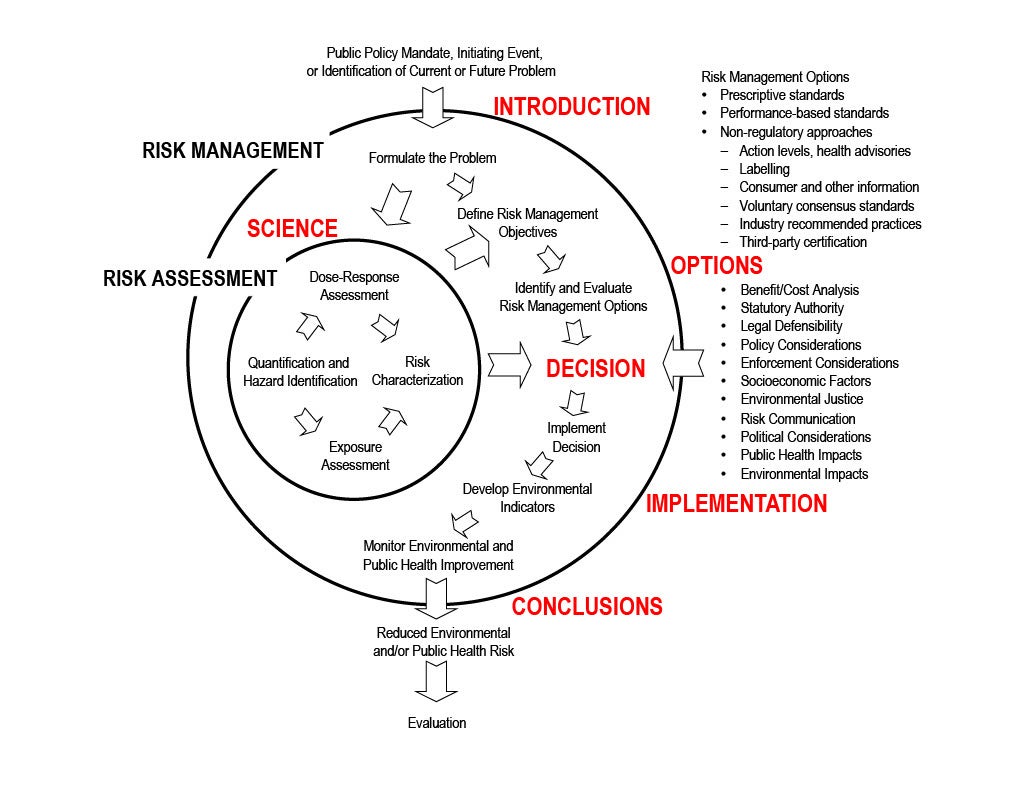About Us
Master in Environmental Metrology and Policy Program – for the Betterment of the World
Mission Statement
You can only prevent hazardous environmental exposures that you can measure and assess their health risk. So the mission of the Environmental Metrology & Policy Program (EMAP) at Georgetown is to offer students the best education and most rigorous professional training in an emerging interdisciplinary field as embodied by the EMAP’s cross-cutting curriculum. It integrates organically the environmental metrology, i.e., measuring chemical pollutants and assessing their health risk, with developing and implementing most appropriate environmental policies using best available science. It will lay a solid intellectual and technical foundation for students to become a new type of leaders or expert practitioners. They will have possessed deep understanding of the intricacies in both environmental metrology and its critical role in developing and implementing the soundest environmental policies. As such, they will become a new genre of leaders who will shape future environmental policies and laws by relying on the best available science and weighing the best available metrology data to an evidence-based policy decision-making. Consequently, EMAP graduates will be best equipped to become conscientious, dedicated and skillful stewards of the terrestrial environment for the betterment of the world.
Aiming to Educate and Train a New Type of Work force
The very future of mankind is increasingly intertwined with anthropogenic products that are all chemicals. They include, but are not limited to, synthetic chemicals such as per- and polyfluoroalkyl substances (PFAS), pesticides, drugs, man-made (nano)materials, fossil-based fuels and products, and chemical wastes associated with their production and consumption such as plastics, just to name a few. Many of these chemicals are environmental pollutants that cause adverse health effects on any living species once exposed.
To ensure a secure and sustainable human society in which having a healthy environment is the foundation of human life, all environmentally hazardous chemicals need to be constantly and meticulously identified, characterized, quantified, their health risk assessed (i.e., environmental metrology), and regulated accordingly (environmental policy). This endeavor is a complex and heterogeneous process, as illustrated by the Teichman Environmental Policymaking Diagram below, courtesy of Professor Kevin Teichman, an EMAP faculty member.


This endeavor not only encompasses the scientific research and development of metrology to identify and quantify potential environmental hazards and the assessment of their environmental health risk, but also entails the development of environmental policies informed by the aforementioned metrology data and the assessment of economic and societal ramifications of their execution. It involves a broad spectrum of policymakers and stakeholders that include representatives from industry, academia, governmental agencies, non-governmental organizations (NGOs), and the general public.

Altogether, it defines broadly the environmental-metrology-based environmental policymaking science, an emerging and evolving interdisciplinary enterprise of greater societal importance. This is indeed urgently called for by the new Toxic Substances Control Act (TSCA) or the Lautenberg Chemical Safety Act (LCSA) signed into law by President Obama on June 22, 2016 and other important environmental laws such as Clean Air Act, Clean Water Act, Safe Drinking Water Act, etc.. Yet, despite its increasing importance and national and international significance therefore broadening job opportunities, few if any high-quality academic programs in EMAP are available in the nation to educate/train a soon-to-be highly demanded work force that possesses solid competencies to work at the interface of the environmental metrology and environmental policy.
To address these challenges, the Georgetown University, in strategic partnering with the National Institute of Standards and Technology (NIST), which is the Nation’s ultimate scientific authority in validating and upholding the state-of-the-art science of measurements, i.e., metrology, and the US Environmental Protection Agency (EPA), which is the Nation’s top environmental policy making and enforcing body, launched this EMAP Program in fall 2018 with the ambition to develop a world-class center of graduate education and training while serving as a global forum for advancing research and education in EMAP. The EMAP also benefits from the state-of-the-art instrumental support from Agilent Technologies, Inc., which is a major manufacturer of scientific instruments for chemical and biochemical measurements.
